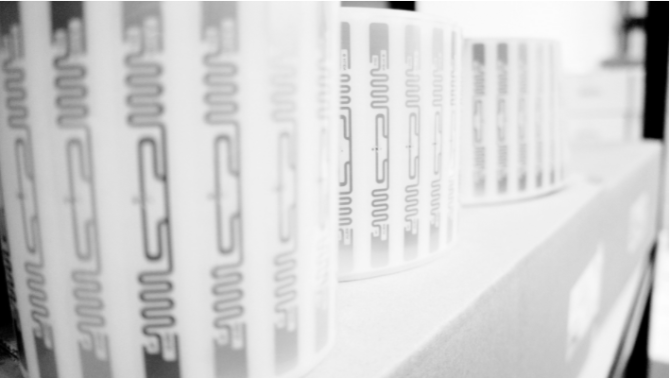How RFID is used in the Real World

How RFID is used in the Real World
You understand the basics of RFID, but now what do you do with all that knowledge? Here’s a list of how RFID is used in real world applications, so use these ideas to spark your creative juices so you can use RFID in your own solutions.
1. Logistics & Supply Chain Visibility
Winning in the supply chain means increasing efficiency, reducing errors, and improving quality. In chaotic manufacturing, shipping, and distribution environments, real-time data on the status of individual items provides insights that turn into actionable measures.
2. Item-Level Inventory Tracking
Tracking assets on the item level is beneficial across a broad cross-section of industries, but the retail sector has one of the highest ceilings in terms of opportunity from the use of RFID. As mentioned above, tracking items through the supply chain is wonderful, but now think about tracking items through the supply chain all the way to the point of sale. With a well-designed inventory system sharing data across all business units, you’ll have a treasure trove of actionable data. One last added benefit — store employees can count inventory in a matter of minutes with a handheld RFID reader.
3. Race Timing
Timing marathons and races are one of the most popular uses of RFID, but often race participants never realize they’re being timed using RFID technology, and that’s a testament to RFID’s ability to provide a seamless consumer experience.
4. Materials Management
In construction and other related industries, materials are often the largest project expenditure. On large job sites, simply finding materials can be problematic. RFID solutions like Jovix take the guess work out of the equation.
5. Access Control
Certain areas require an expected level of security and access. From doors to parking lots, RFID access control tags restrict access to only those pre-approved.
6. IT Asset Tracking
IT assets such as server blades, laptops, tablets, and other peripherals are costly investments for any company, not to mention that information stored on those items could prove detrimental in the wrong hands. IT asset tags give your IT team the ability to quickly do an inventory count and make sure everything is in place.
7. Library Systems
An RFID library solution improves the efficiency of circulation operations. While barcodes require line of sight, RFID tags can be read from multiple angles which means the checkout and check-in process is significantly faster. Also, as noted above in the retail section, taking inventory of books on the shelf is dramatically faster.
8. Laundry Management
Large companies like casinos often manage thousands of employee uniforms. With an RFID laundry management system, operations can track which uniforms were assigned to specific employees, the age of uniforms, the number of times washed, and identify missing uniforms. RFID laundry tags provide a new level of visibility for laundry management.
9. Plant tracking and Traceability
RFID can provide item-level tracking of individual high-value assets (cannabis plants, by-products, and finished products) with real-time reporting back to the respective regulatory body. RFID is an ideal auto ID technology to provide functionality with the ability to track each individual item.
10. Interactive Marketing
RFID in marketing brings a certain level of interaction to campaigns. Whereas traditional advertising campaigns push a message onto the consumer, interactive campaigns invite the consumer to engage with the brand.
| Tags | RFID |
| Share |

